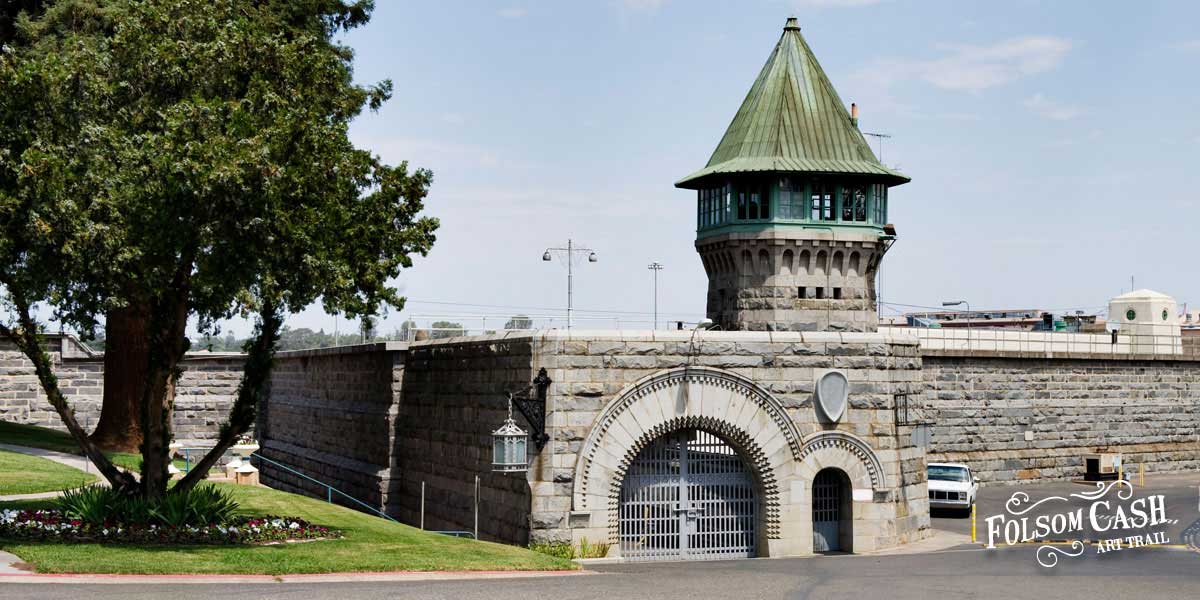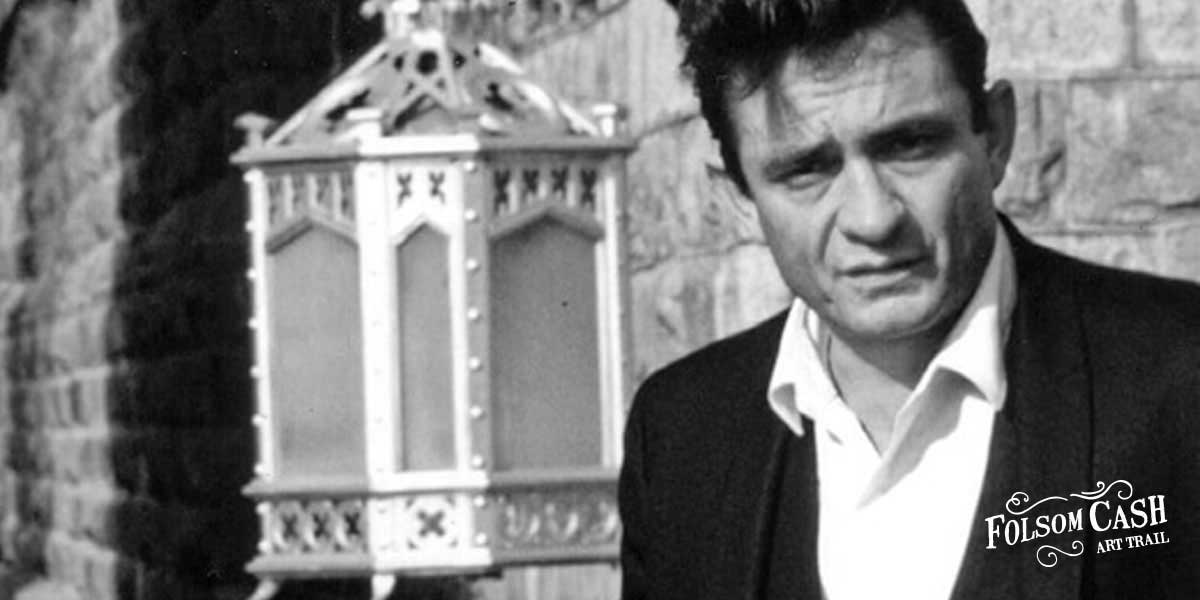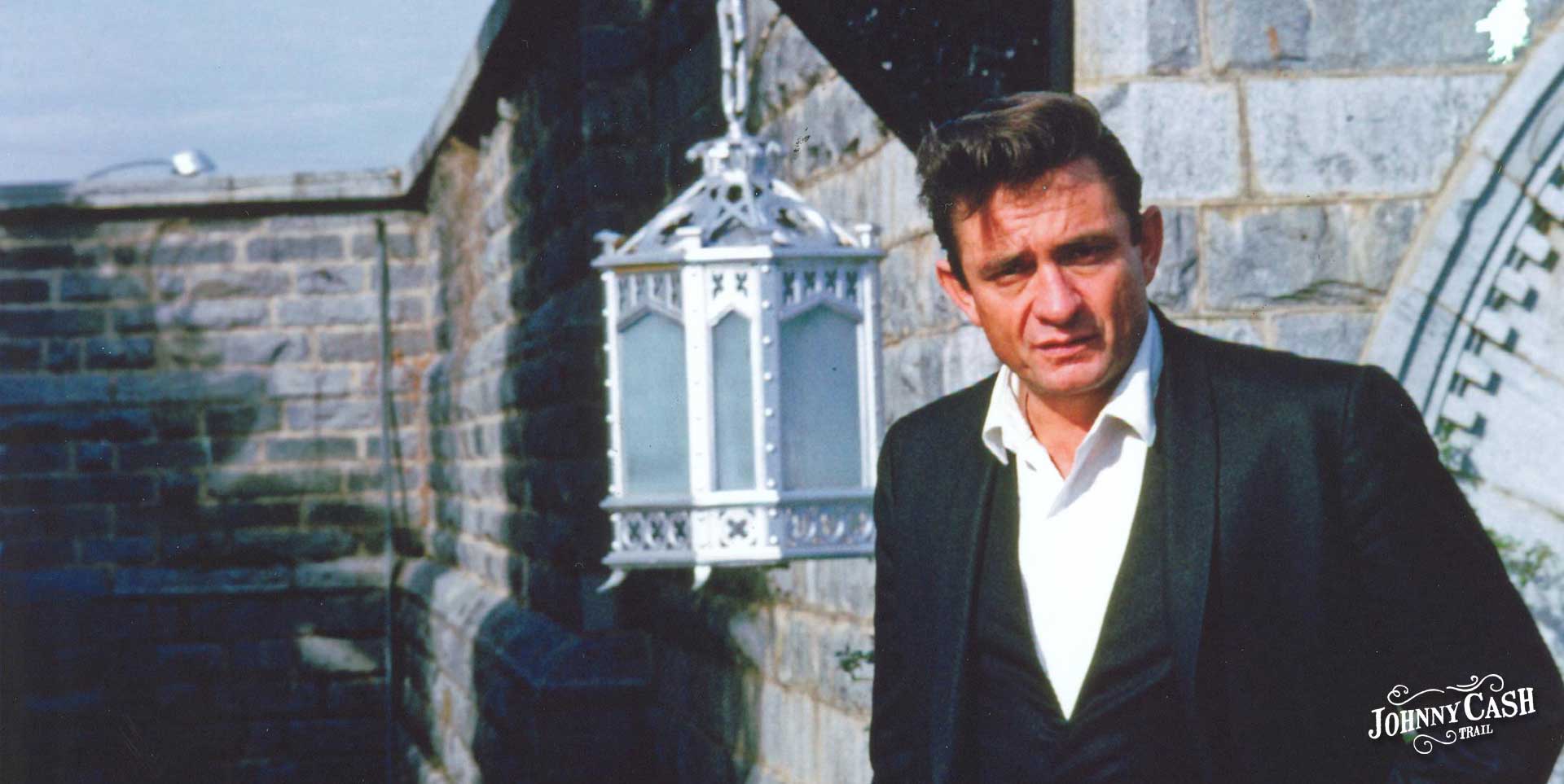Folsom Prison is one of the most well-known institutions in America, thanks to Johnny Cash's Folsom Prison Blues song and live album, At Folsom Prison. While you may know the lyrics to the song, you may not be aware of some of the other 100 years worth of fascinating prison history waiting to be explored.
Here are 17 fascinating facts, legends, and tales you never knew about Folsom Prison.
Folsom Prison is One of California's First Prisons
San Quentin may have the distinction of being California's first prison, but Folsom Prison was the second institution built to house inmates in the Golden State.
In 1868, Folsom was selected as the site of a branch prison for San Quentin.
A Slow Start
It would take 12 years before an inmate was brought to Folsom. Prison construction didn't begin until 1874 due to a problem between contractors and the state. Even then, the first cell block wasn't completed until the end of 1878. Two years later, the second cell block was finished. Together, cell blocks A and B were completed with 328 cells.

The First Folsom Inmate
Folsom's prisoner No. 1, Chong Hing, was transferred from San Quentin to Folsom on July 26, 1880. Hing was serving time on arson charges. He was not alone; 44 inmates were received at Folsom Prison that day.
By 1897, 900 prisoners were serving their time at Folsom.
Folsom Turns the Lights On
Folsom Prison cells were 8' x 7' and had solid iron doors. Each door had six holes drilled into the bottom and an 8" x 2" viewing port. There was no heat or plumbing and no light, but oil lamps provided light for prisoners and guards to see.
In 1893, Folsom became the first prison in the nation to have electric lights.
A Prison with No Walls
The hand-cut granite walls that surround Folsom Prison today weren't always in place. Guard towers were the only thing standing between prisoners and attempted escapes for decades.
Wall construction began in 1909, and the granite walls were finally completed in 1923, more than four decades after the prison opened.

Females at Folsom
On November 7, 1885, the first female prisoner was received at Folsom Prison. Nora O'Brien arrived to serve one year for petty larceny and had the distinction of being one of only 26 female prisoners held at the prison during this time.
In 1929 the prison closed its doors to women and maintained a strictly male population until 2013, when a facility to house female prisoners at Folsom Prison was opened.
The first female inmates were kept busy doing chores under the supervision of the warden's wife. Female guards and correctional officers help keep the peace at Folsom and California's other institutions today.
Folsom Has Had Some Great Escapes
Like any prison, Folsom has had a number of escape attempts by inmates. Here are a few of Folsom's most memorable:
- 1920 Train Escape: Three convicts hijacked a train that the prison had purchased in 1909 to assist with the construction of the granite walls. The convicts smashed the train through a prison gate to make their escape.
- 1932 No Dummy Here: A 24-year-old robber from Los Angeles, Dwight Abbott, made a lifelike dummy using his own hair and a plaster of paris face. His dummy fooled guards until late the next day when they finally realized Abbott had escaped.
- 1932 Dive Gone Wrong: Inmate Carl Reese attempted to escape by fashioning a diving suit out of a football bladder and other scrounged materials. Reese drowned in the powerhouse mill pond during his escape attempt because he failed to make his breathing tube long enough.
A Folsom Prison Escape from one of America's Most Wanted
One escaped inmate earned himself a spot on the FBI's Ten Most Wanted Fugitives list. In 1987, inmate and convicted murderer Glen Stewart Godwin fled from Folsom Prison through a hole he cut in the fence wire using tools that were smuggled in for him. Godwin fled through a storm drain that took him to the American River, where a raft waited to float him away to freedom.
Godwin's accomplices were arrested for aiding his escape, and Godwin himself was later arrested in Mexico. But he escaped again—this time from a Guadalajara prison—and remains at large to this day.
The Man In Black Makes Folsom Famous
Despite being a part of California's rich history, it was a music legend who made Folsom Prison infamous. In many people's minds, the prison has been synonymous with Johnny Cash, who was inspired to write a song called Folsom Prison Blues after seeing the movie Inside the Walls of Folsom Prison in the 1950s. Cash recorded his song in 1955.
On January 13, 1968, Cash performed two concerts live at Folsom Prison. His album, At Folsom Prison, revived the musician's career and made Folsom Prison the most well-known institution in America.
That wasn't the only time Cash visited Folsom. He had performed at the prison before, in 1966, and he would return to visit again in 1977.

Johnny Cash Boosts an Inmate's Musical Career at Folsom
The night before his live prison performance, Johnny Cash received a song written by inmate Glen Sherley. Sherley was serving time for armed robbery at Folsom when the Man in Black performed in 1968. He had written and recorded a song about the Folsom Prison chapel: Greystone Chapel.
Sherley sat in the front row at the live performance with no clue that Johnny Cash would end the live show by performing Sherley's song.
In the years that followed, Sherley would write and record more music. Johnny Cash was there to greet Sherley when he was released from prison in 1971 and even gave the former inmate a job.
Folsom is Ready for Its Close Up!
Folsom Prison's pop culture status continued as it was selected as the location for a number of feature films over the years. The iconic prison has been featured in movies including:
- Riot in Cell Block 11
- Heat
- American Me
- The Jericho Mile
- Another 48 Hours
- Diggstown
- Walk the Line
- Inside the Walls of Folsom Prison
Folsom's Most Famous Inmates
A slew of recognizable inmates, including musicians, actors, record label execs, and even famous criminals, have been received at Folsom Prison.
Folsom's list of famous inmates includes:
- Rick James: musician
- Suge Knight: owner of Death Row Records
- Charles Manson: murderer, conspirator
- Erik Menendez: convicted with his brother Lyle of murdering his parents
- Shorty Rossi: star of the Animal Planet show Pit Boss
- Danny Trejo: actor
- Edmund Kemper: serial killer
The Ghosts of Folsom Prison
Folsom has had its share of violence and deaths, like any other prison. Between 1895 and 1937, a total of 97 prisoners were hanged at Folsom. In 1937, Warden Clarence Larkin and Officer Harry Martin were both killed by inmates during an escape attempt. And in the 1970s and 1980s, Folsom Prison violence peaked, leading to numerous inmate deaths.
Are the spirits of those killed at Folsom now haunting the prison grounds?
Guards have reported seeing figures walking down corridors when all prisoners and staff have been accounted for. In one alleged incident, guards were reportedly alerted to someone walking on an exterior catwalk. Guards ordered the person to stop walking, but the figure ignored their calls. Guards fired shots at what they believed to be an escaping prisoner, only to have the figure continue walking and then vanish in thin air.
Prisoners and guards alike have claimed to see ghosts roaming the morgue, old hospital, old Death Row cells, and the oldest cellblock in the prison: Building 5.
Folsom Brings Light to the Prison System
As the second oldest prison in California, Folsom Prison holds some remarkable "firsts" under its belt, but one that probably sets it apart from the rest is that it was the first prison in the world to have electric lights. This was all thanks to Folsom Powerhouse, which helped power the prison and completed the first national sale of electricity to a city when they established lines to Sacramento 22 miles away.
Folsom's Ice Cold Industry
Due to the great success of electricity and the high demand from California's up-and-coming fruit industry, Folsom Prison took it one step further and developed its ice plant, becoming the first prison industry in the nation. The first ice shipped from Folsom Prison was in January 1894. The prison's ice plant was so successful that the State Legislature appropriated $162,000 for purchasing additional ice-making machinery.
The plant is credited with contributing to the development of California's fruit-growing industry, making it possible for the fruit to be transported to markets throughout the U.S. By 1909, California fruit growers were shipping a $12 million orange crop to the east, packed in ice. By 1930, it had grown to $100 million. It became so lucrative that California began to allocate funds.
CA License Plates, Brought to You By Folsom Prison
Since 1947, inmates at Folsom State Prison have been producing California's license plates for the Department of Motor Vehicles (DMV). Initially, the license plate factory operated out of a surplus airplane hangar near the original granite quarry. In 1953, the entire operation was relocated to a newly built facility in the Upper Yard.
The first license plates were made of steel, but today they are manufactured from aluminum with reflective sheeting. Over the years, license plates have evolved to include personalized and special interest options. Through the collaboration between the DMV and the Prison Industry Authority (PIA), this initiative provides productive work assignments for over 100 inmates daily at the Folsom Prison factory.
Folsom, Its Dams, and 3 Million Lost Logs
The American River provided a natural barrier for Folsom Prison and helped to supply power. In 1866, Horatio Gates Livermore and his family aimed to transform Folsom into a manufacturing center by damming the river.
In 1896, an electric-powered sawmill was built, capable of cutting 75,000 board feet of lumber per day. However, in 1899, heavy rains forced 3 million feet of logs over the dam, leading to the mill's shutdown.
Granite and concrete were big parts of Livermore's plan for the dam to make a "still pond" and hold logs that float down from the operation, avoiding further log loss. Although dam construction began in 1867, it faced challenges, and the prison provided labor in exchange for nearby land.
The present-day Folsom Dam and power plant, completed in 1956 by the Army Corps of Engineers, harnessed the river's power, marking a significant achievement in the region's development.
Folsom Prison has a rich history and lore that no other institution can match. From famous inmates to musical notoriety, the prison has no shortage of interesting facts, stories, and fables that keep it relevant to the rest of the world today.
This post was updated in 2024 to add even more fascinating facts, stories, and historic tales about Folsom Prison.


5 Ways to Support the Johnny Cash Trail Project in Folsom
Want to be a part of the Johnny Cash Trail in Folsom? Here are five ways to show your support and help bring this project to life.
READ MORE
